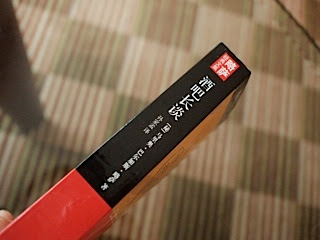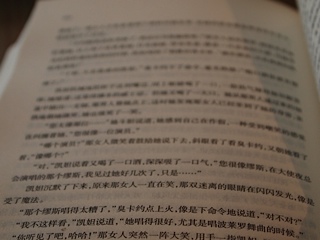Evening Shots
My friends worry that I since I am working in a new place I might not be able to do posting, but I assure you that there are still quite a few idea which I have not covered. i.e. exposure meter, shapes and light, composition, shooting in the rain, closeup .... In the last 1.5 months, I have posted about 30 blogs and reached 1000 hits (of course some are created by myself with intention, haha!).
My blog is timeless (like all piece of A*ts), you can keep referring to previous blogs or occasionally reivew the older post. I hope you may find something new which you have missed when you re-read. Although a picture is better than a thousand words, the words are there to help clarify the ideas I like to put forward.
I am going to tell you one secret on how to take the following picture:
This is not a picture commissioned by IKEA (since this blog is not for commercial purpose, I think IKEA should be fine with me posting a picture of their megamart at tampines.) When I first came to Singapore, I could not pronounce tampines, I always said "temp""pine""s". Is anyone out there able to pronounce this place properly who is not a Singaporean when first encountered this word? I doubt any one can say "temp""pan""niece". (Correct me if I am wrong).
Ok, on how to take this picture. It is all about timing. Set you camera (digital ones) to P, and shoot after sunset but before the moon comes out. If you check the observatory, the timing should be about 7:00pm to 7:20pm, plus or minus). Too early, the sky is too bright, too late the sky is dark. You must first compose the picture in your mind, wait for the right timing, right lighting, the rest is simple, just press the button. Follow this, I can assure you that you can get this kind of picture.
There are pictures which looks easy but technically very difficult to get it right, and there are pictures which looks difficult but quite easy to take. This evening shot belongs to the latter.
( I tried to upload a few more examples, but blogger stopped me from uploading, might have to wait another day)
Camera used - Panasonic G1.
Labels: evening shot


















































